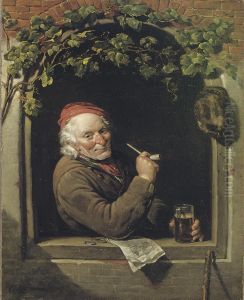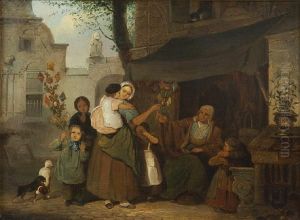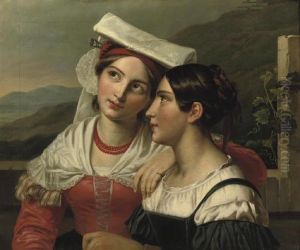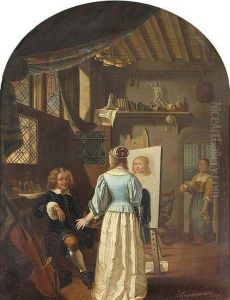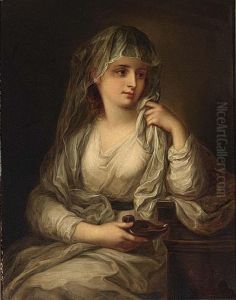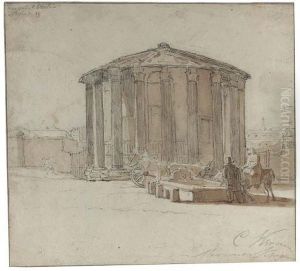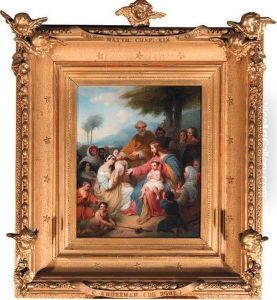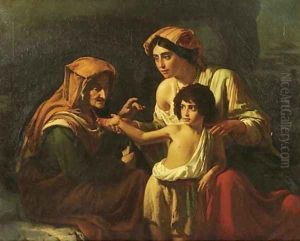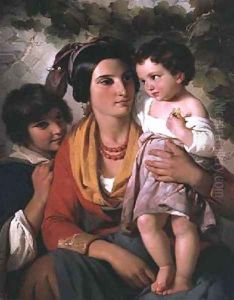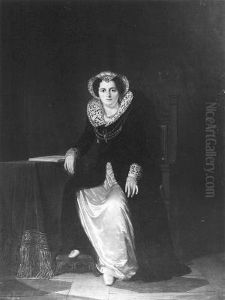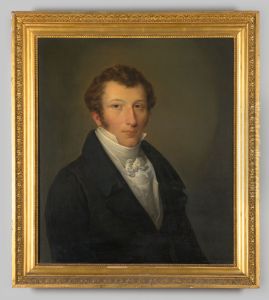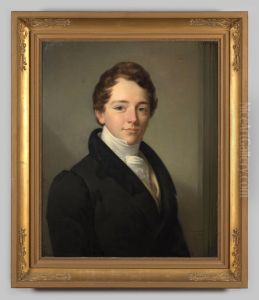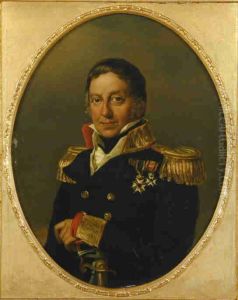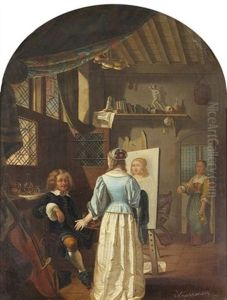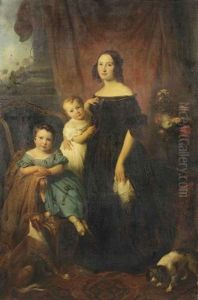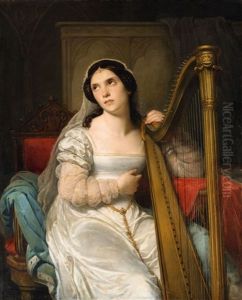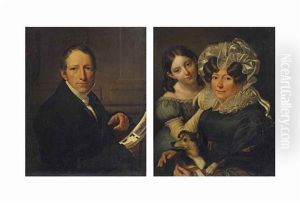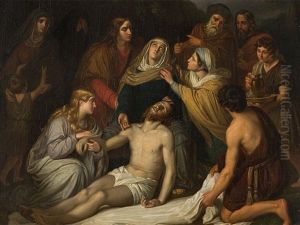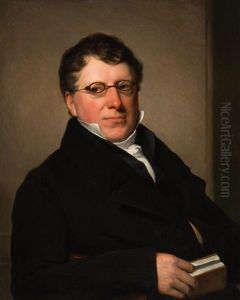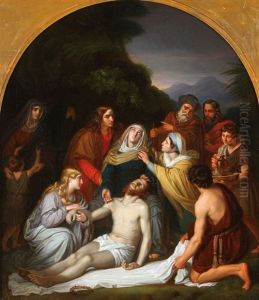Cornelis Kruseman Paintings
Cornelis Kruseman was a distinguished Dutch painter born on September 25, 1797, in Amsterdam, Netherlands. He was part of a large family that included several artists, which likely nurtured his early interest in painting. Kruseman's artistic journey began at the Amsterdam Academy, where he honed his skills and developed a keen interest in portrait painting, historical scenes, and Biblical subjects.
Kruseman's work was deeply influenced by the Romantic movement that swept through Europe in the early 19th century. His paintings often depicted dramatic scenes with a strong emotional undercurrent, showcasing his mastery in capturing human emotions and the subtleties of facial expressions. Kruseman's portraits, in particular, were highly regarded for their sophistication and depth, making him one of the most sought-after portraitists of his time.
In 1817, Kruseman embarked on a journey that would significantly impact his artistic style and outlook. He traveled extensively through Europe, visiting Belgium, France, and Italy. His stay in Italy, particularly in Rome, was transformative. The Italian art scene, with its rich history and vibrant contemporary works, deeply influenced Kruseman. He absorbed the Italianate style, which became a defining feature of his later works. During his travels, Kruseman not only refined his own artistic style but also established connections with other artists, which enriched his understanding and appreciation of art.
Upon returning to the Netherlands, Kruseman settled in The Hague for some time before moving to Amsterdam. His career flourished as he received numerous commissions from the Dutch elite, including members of the royal family. Kruseman's contributions to art were not limited to his paintings; he was also actively involved in the Dutch art community, advocating for the interests of artists and the arts.
Throughout his career, Kruseman achieved considerable acclaim. He was awarded honors and memberships in various art societies across Europe, including the prestigious Royal Academy of Fine Arts in Amsterdam. His works were exhibited widely and continue to be celebrated for their emotional depth and technical prowess.
Cornelis Kruseman passed away on March 14, 1857, in Lisse, Netherlands. His legacy endures through his captivating paintings, which remain on display in museums and collections around the world. Kruseman's contributions to the Dutch Romantic movement and his influence on the generations of artists that followed have cemented his place in the annals of art history.



